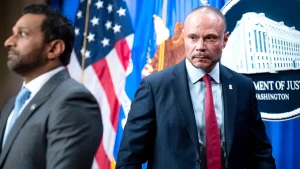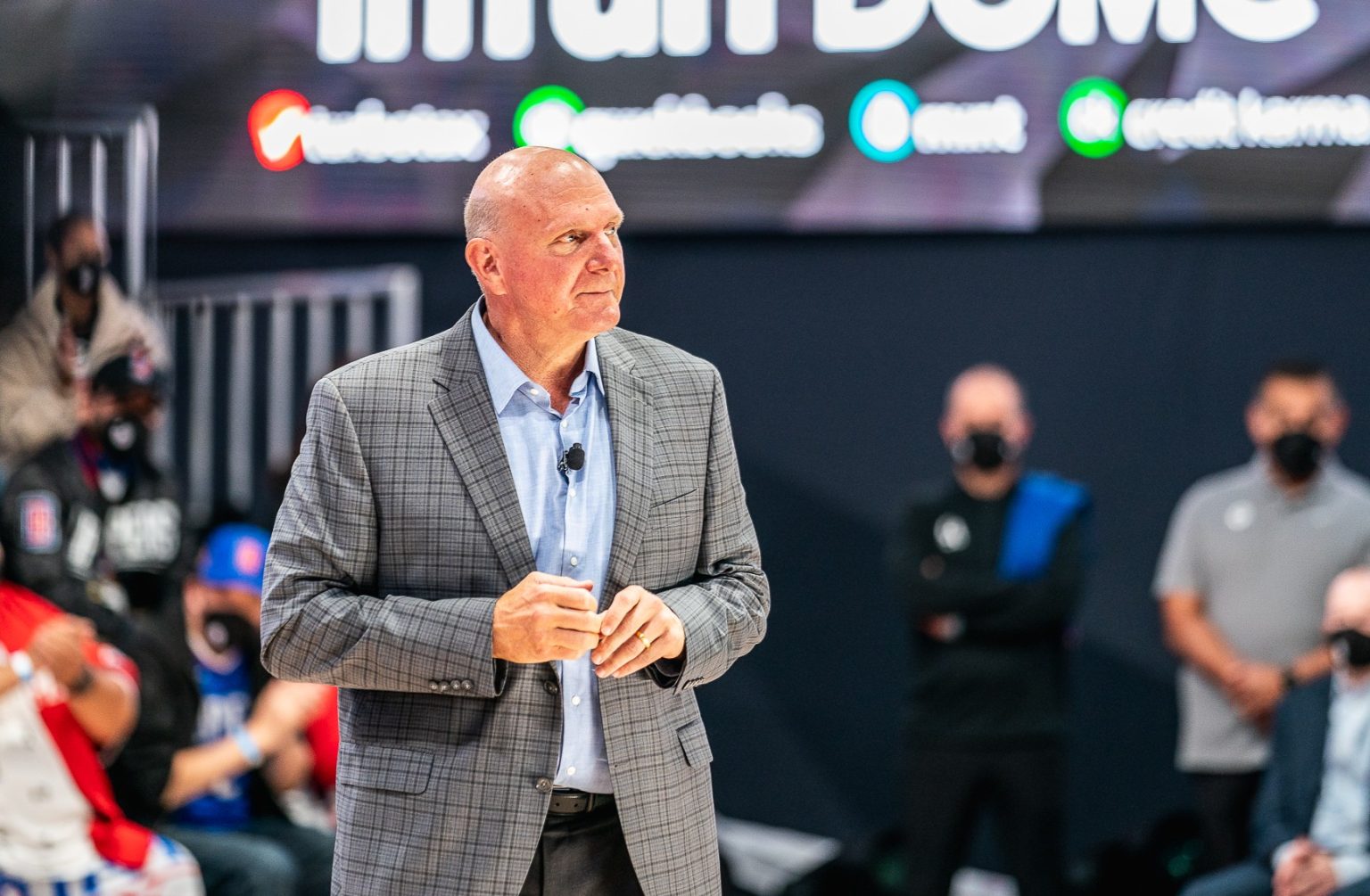Ballmer’s Clippers Caught in Controversy: The Kawhi Leonard Endorsement Deal
In the high-stakes world of professional basketball, where talent comes at a premium price and league rules aim to maintain competitive balance, the Los Angeles Clippers find themselves at the center of a brewing controversy. Former Microsoft CEO Steve Ballmer, who purchased the Clippers for a then-record $2 billion in 2014, is now facing allegations that his team circumvented NBA salary cap rules through an unusual arrangement involving star player Kawhi Leonard. The story combines elements of sports, business, and potential regulatory violations in a case that highlights the complex intersection of wealth, athlete compensation, and league governance. As the NBA launches an investigation, both Ballmer and the Clippers have vigorously denied any wrongdoing, setting the stage for what could become a significant challenge for one of the league’s wealthiest owners.
According to an investigation by former ESPN reporter Pablo Torre, the Clippers allegedly orchestrated a scheme to funnel $28 million to Leonard through an endorsement deal with Aspiration, a sustainability-focused company that has since filed for bankruptcy. The timeline raises questions: just one month after the Clippers signed Leonard to a $176.3 million contract extension in August 2021, Ballmer personally invested $50 million in Aspiration. Simultaneously, the company announced a $300 million sponsorship deal with the team. Torre’s reporting, based on interviews with former Aspiration employees, characterizes Leonard’s subsequent endorsement deal with the company as essentially a “no-show job” – suggesting the arrangement was designed primarily to provide additional compensation to Leonard outside the constraints of the NBA’s salary cap structure. If proven true, such an arrangement would represent a serious violation of league rules designed to ensure competitive balance among teams regardless of their owners’ personal wealth.
The Clippers and Ballmer have responded forcefully to these allegations, issuing a comprehensive statement that rejects the notion of any salary cap circumvention. “The notion that Steve invested in Aspiration in order to funnel money to Kawhi Leonard is absurd,” the statement declares, explaining that Ballmer’s investment was motivated by the company’s purported commitment to environmental sustainability and customer service. The statement further characterizes Ballmer and the Clippers as victims themselves, noting that Aspiration’s co-founder Joseph Sanberg recently pleaded guilty to a massive $243 million fraud scheme. The team maintains that there was nothing unusual about a team sponsor making independent endorsement deals with players, emphasizing that “Neither Steve nor the Clippers organization had any oversight of Kawhi’s independent endorsement agreement with Aspiration.” This defense portrays the controversial arrangements as standard business practices rather than an elaborate scheme to evade league rules.
The controversy exists within a larger context of Aspiration’s dramatic business collapse and legal troubles. The once-promising sustainability-focused financial services company filed for Chapter 11 bankruptcy in March 2025, following what the Clippers described as “a long campaign of market manipulation, which defrauded not only Steve but numerous other investors and sports teams.” Beyond defaulting on its sponsorship contract with the Clippers, Aspiration’s downfall culminated in co-founder Joseph Sanberg being charged and pleading guilty to defrauding investors and lenders. This background complicates the narrative around Leonard’s endorsement deal – was it part of a salary cap circumvention scheme, or simply another victim of Aspiration’s broader fraudulent activities? The NBA’s investigation will need to untangle these questions, determining whether the arrangements between Ballmer, the Clippers, Aspiration, and Leonard were legitimate business dealings or a sophisticated attempt to gain a competitive advantage by evading league rules.
The stakes in this investigation are potentially significant for both Ballmer and the Clippers franchise. The NBA has historically taken a hard line against salary cap violations, with the most notable example being the severe penalties imposed on the Minnesota Timberwolves in 2000, which included fines, loss of draft picks, and voided contracts. For Ballmer, whose personal net worth exceeds $174 billion according to Bloomberg, the financial implications of potential fines might be minimal, but the reputational damage and competitive disadvantages from lost draft picks or voided contracts could significantly impact his $5.4 billion franchise. This case also represents a particularly interesting challenge for the NBA, as it must navigate enforcing its rules against one of its wealthiest and most powerful owners. Leonard, meanwhile, finds himself once again at the center of controversy, having previously been the subject of NBA investigations regarding improper benefits, adding another layer of complexity to an already intricate situation.
As the NBA’s investigation unfolds, this case highlights fundamental tensions in professional sports between competitive balance regulations and the economic realities of team ownership. The salary cap exists specifically to prevent wealthy owners from simply outspending others to build super teams, ensuring that smaller market franchises can remain competitive. If the allegations against Ballmer and the Clippers are substantiated, it would represent a sophisticated attempt to circumvent these protections through creative financial engineering – using Ballmer’s personal fortune to supplement team salary expenditures through third-party arrangements. On the other hand, if the Clippers’ defense proves accurate, this could be a case where legitimate business dealings have been misinterpreted through the lens of sports rivalry and suspicion. Either way, the resolution of this controversy will likely have significant implications for how the NBA monitors and regulates the increasingly complex financial arrangements between team owners, corporate sponsors, and star players in an era where team valuations and player salaries continue to reach unprecedented heights.














